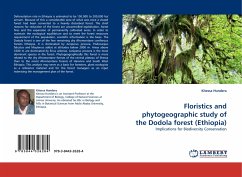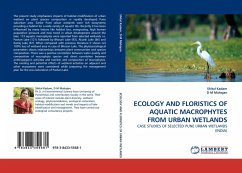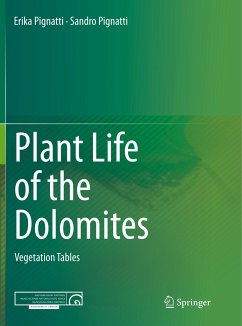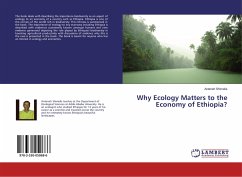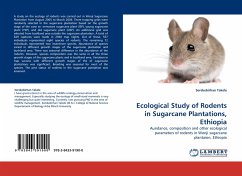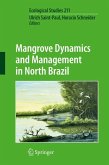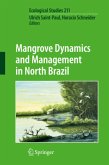Deforestation rate in Ethiopia is estimated to be 150,000 to 200,000 ha/annum. Because of this a considerable area of what was once a closed forest had been converted to a heavily disturbed forest. The chief reasons for reduction of the forest are uncontrolled exploitation, forest fires and the expansion of permanently cultivated areas. In order to maintain the ecological equilibrium and to meet the forest resources requirement of the population, scientific information is the basis. The Dodola forest is one of the few remaining dry Afromontane coniferous forests Ethiopia. It is dominated by Juniperus procera, Podocarpus falcatus and Maytenus addat at altitudes below 2800 m. Areas above 3200 m are dominated by Erica arborea. Juniperus procera is the most dominant species in the forest. Phytogeographically this forest is more related to the dry Afromontane forests of the central plateau of Shewa than to the moist Afromontane forests of Harenna and South West Ethiopia. This analysismay serve as a basis for foresters, plant ecologists as a reference material and for the forest managers as an input indevising the management plan of the forest.

